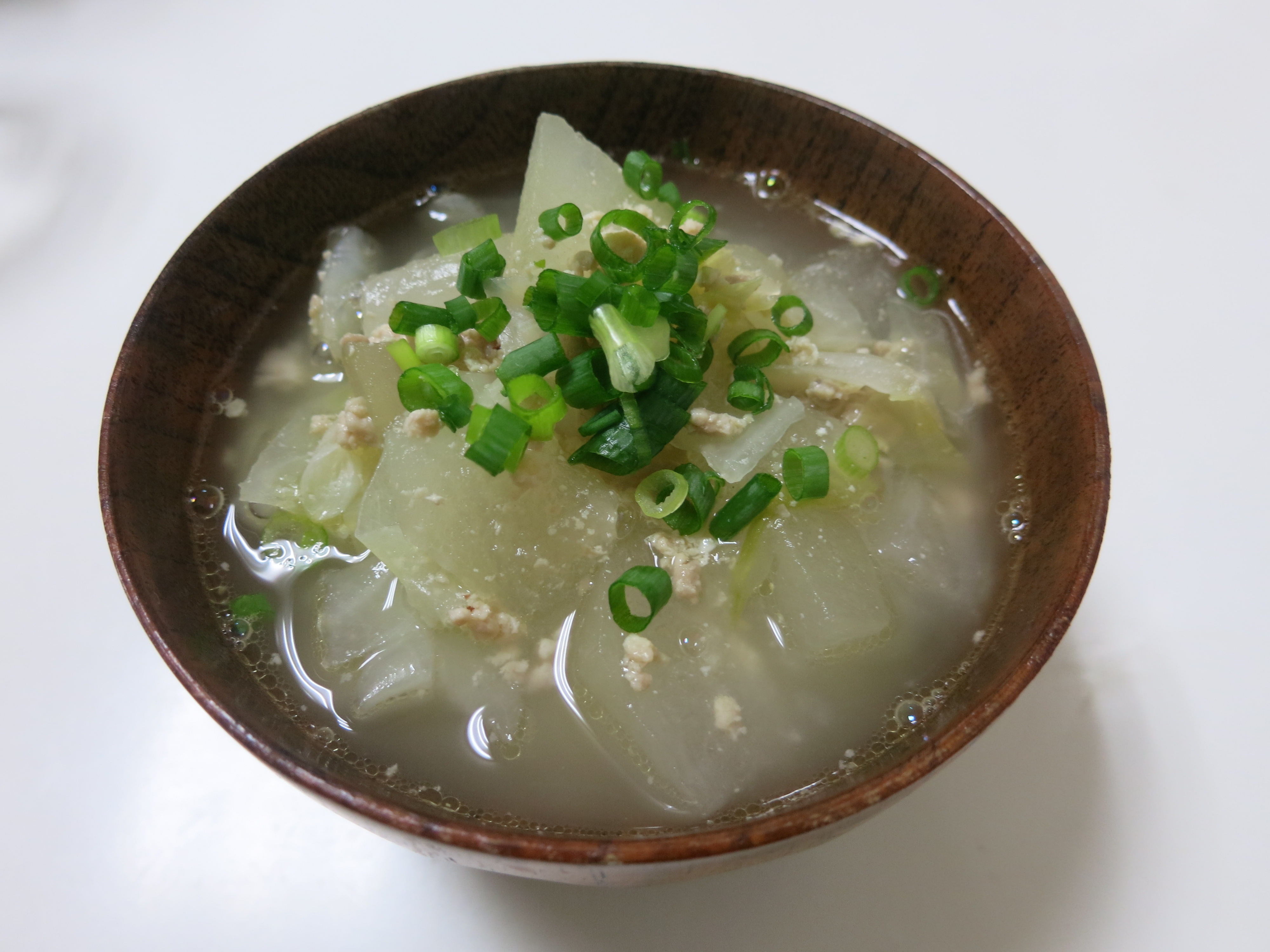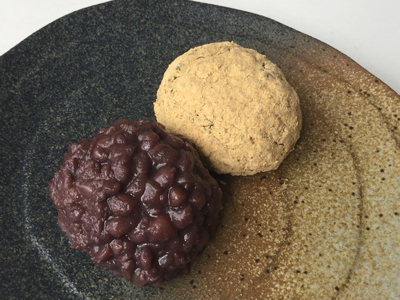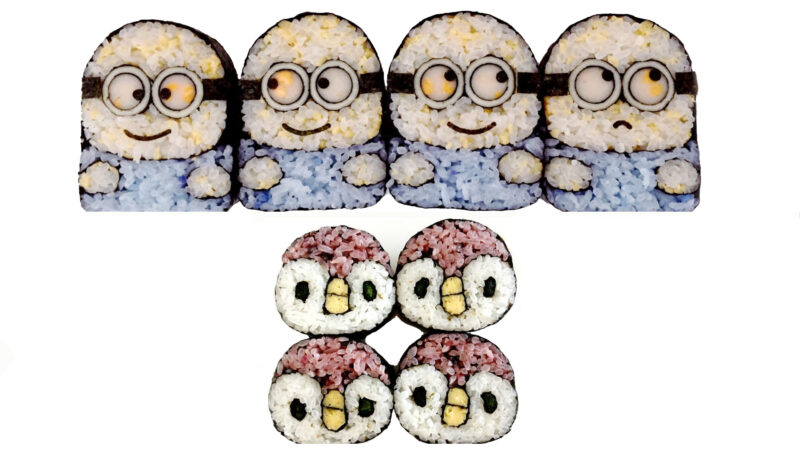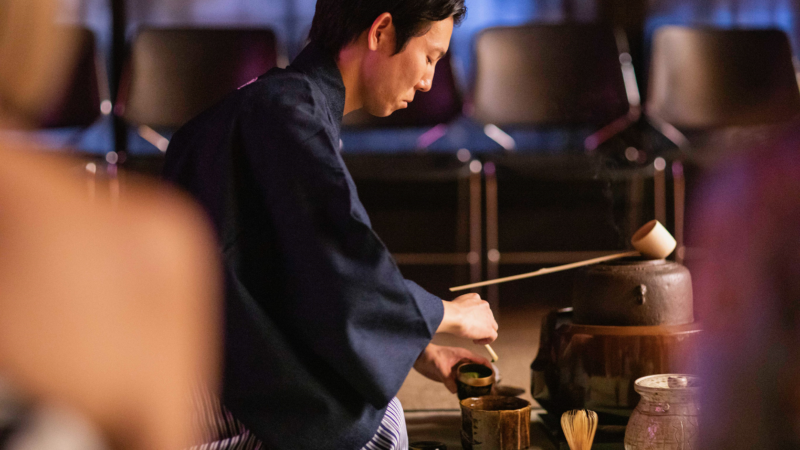Japanese Cooking Blog with Asako Nonaka #11
Asako Nonaka ◆ September 28, 2015

The buzzing sound of cicadas is over and we can now hear the chirping song of crickets. September 23rd was Autumnal Equinox Day and is named Shūbun no hi (秋分の日). The hours of daytime and hours of nighttime become equal, and it’s the middle of autumn in the Japanese almanac.

The week which contains three days before and after Autumnal Equinox Day is called higan (彼岸). It is said that the soul of ancestors come back to this world in this week and we visit their grave. People offer ohagi (お萩) which is a traditional sweet consisting of rice wrapped with bean paste at the family’s altar. It is believed that the red color of bean paste has the power to drive away evil spirits.
I wrote about “autumn appetite” in the last blog, but there are so many seasonal foods in Japan, for example eggplant, winter melon, taro, chestnuts, pacific saury, pears, and figs. Rice and buckwheat are harvested in autumn as well. We have to care about eating the delicates too much!
This time I am going to introduce the word shun (旬) which literally means “best season”. There are four seasons in a year in Japan. People have eaten seasonal food for a very long time ago. They knew that seasonal food has much more nutrition than in other seasons without nutritional science and it maintains the bodily functions.
The spring foods clean the toxins accumulated during winter. The summer foods contain water to prevent summer fatigue. The autumn foods have more calories to prepare for the cold winter. And, the winter foods make the body warm.
Japanese people have lived in harmony with nature and given thanks for having the life of animals, fishes and plants since ancient times. Though we can eat the same foods through the year because of hothouse cultivation, breed improvement, and importation, why don’t we enjoy the seasonal “shun” food provided by nature?
Recipe: Winter Melon Soup
The best season of the winter melon is summer and autumn. The reason why the name has “winter” is it can be stored until winter. It contains vitamin B1, C, potassium, and carotene and helps recover from fatigue. Here is the recipe of warm, gingery winter melon soup.
Ingredients
[one_half]1 winter melon
1/2 lb of ground chicken
1 tsp of minced ginger
1 tbsp of olive oil
1 chicken stock cube[/one_half][one_half_last]water
salt
pepper
green onion[/one_half_last]
Directions
- Peel the winter melon and remove the seeds. Cut it into bite-sized pieces.
- Put olive oil and minced ginger into a pot and turn the heat on. Fry the ground chicken and add salt and pepper.
- Add the winter melon and fry.
- Add water to cover the ingredients and add the chicken stock cube.
- When it comes to a boil, remove the scum. Cover the lid and simmer until the winter melon is transparent.
- Add salt and pepper to your liking.
- Cut the green onion and put in the soup.
Please feel free to try on your own!




